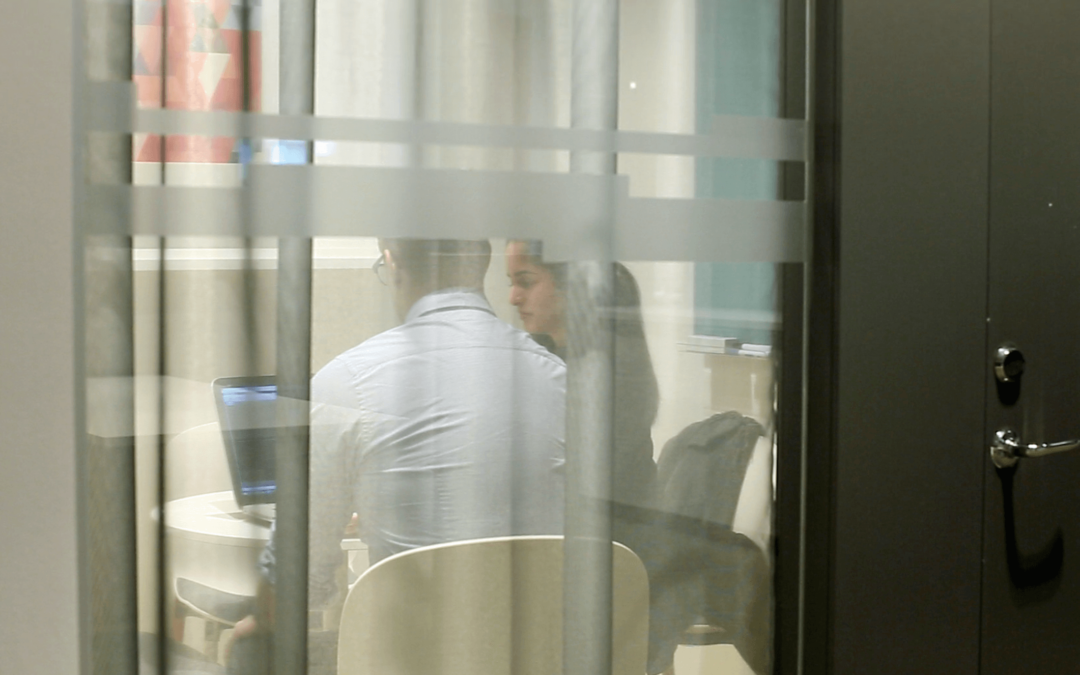”With input taken from your study, we have definitely improved our CTR and also reduced bounce rate. So it was a well-needed study that yielded results in terms of these indicators.”
The above quote comes from one of our clients for whom we recently performed a usability study. In practice, a usability study means that we let a group of people perform a number of tasks on a website. The tasks go from the general to the more specific. At the same time we record their eye movements with an eye-tracking camera and we use a number of interview questions after the tasks are completed.
In our studies, we look for problems caused by design, content (or lack of it) or navigation which has a major impact on how the website is perceived. Sometimes the solutions are quite obvious, but one has become blind to their own problems, but usually we find surprising things that cause problems that make a big difference once they are corrected.
The analysis and recommendations are recorded in a usability report that is then used as a basis for making improvements. If necessary, we have highly skilled interaction designers that use eye tracking findings and recommendations of the report to work out the redesigned website for our customers to maximize clarity and conversion which usually is done as a separate follow-up project.
Eye tracking is a very useful tool for finding usability problems on a website. When we land on a website or are looking for something that we do not steer our eyes, we react to a visual stimulus. By recording these reactions with an eye-tracking camera and aggregating the data while also analyzing each recording separately, we get impartial and revealing information.
Our eyes move extremely fast and we take decisions that are often based on minimal information. The fact is that on average we miss 80% of what a webpage is trying to communicate. The 20% that we do perceive suddenly becomes very crucial.

